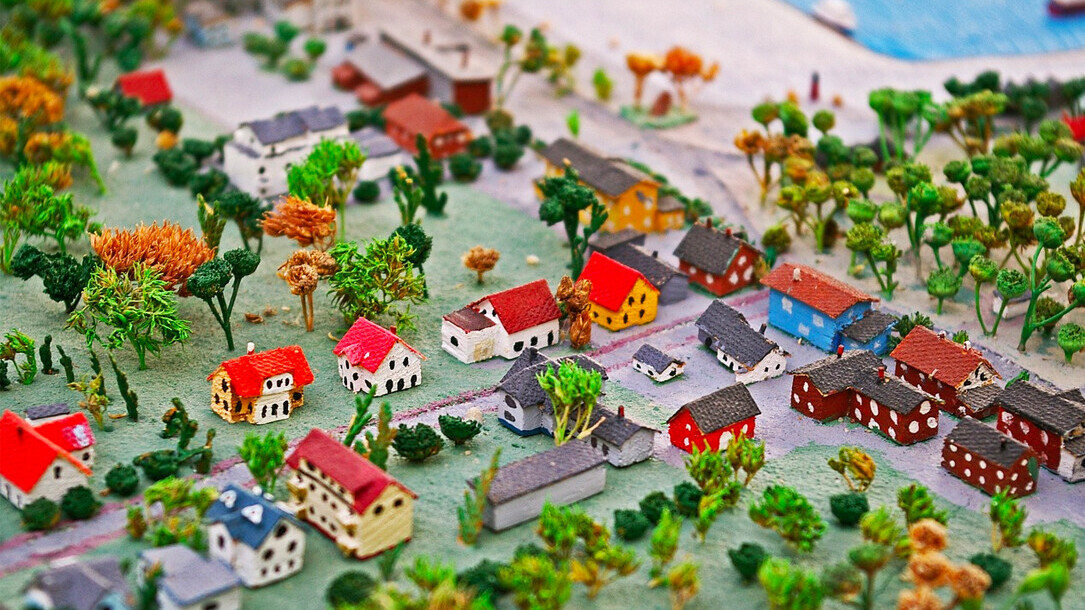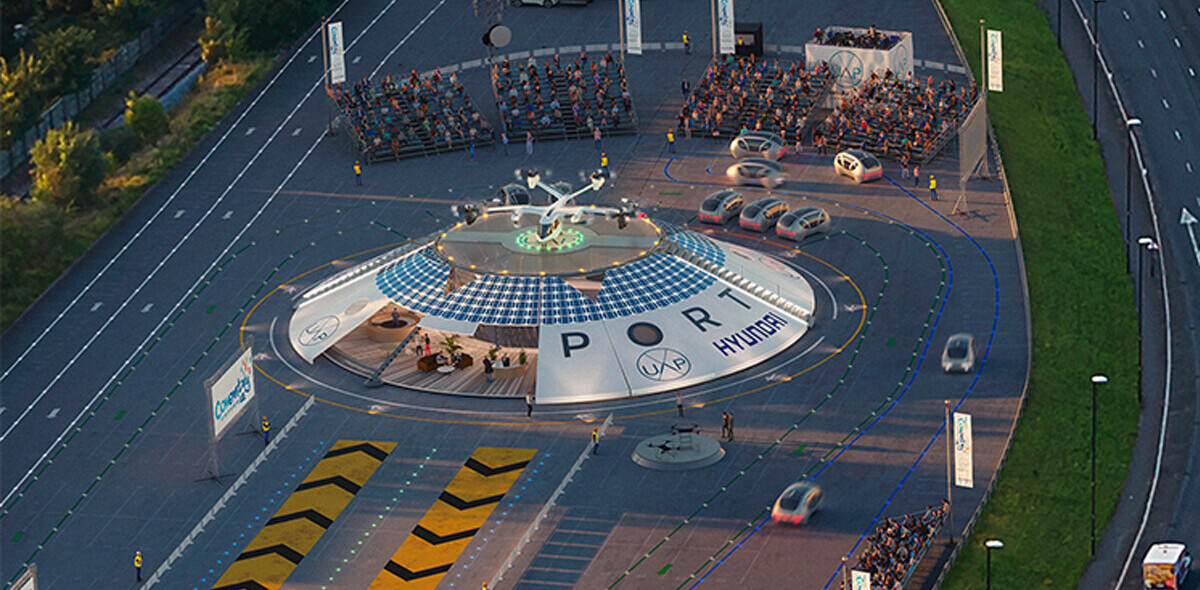This article was originally published by on Cities Today, the leading news platform on urban mobility and innovation, reaching an international audience of city leaders. For the latest updates follow Cities Today on Twitter, Facebook, LinkedIn, Instagram, and YouTube, or sign up for Cities Today News.
From reinvented shopping malls to pedestrianized suburban neighborhoods and a growing role for technology, ‘microcities’ are changing.
A new study from ABI research has identified at least 13,000 microcities around the world. It is the first time the analyst firm has quantified these dense urban developments, which include the areas in and around large airports, ports, international rail stations, venues, office parks, malls, and corporate and university campuses. They also incorporate industrial zones and the mini-cities which are emerging such as Tencent’s internet-inspired employee campus in Shenzhen, Toyota’s Woven City , and Sidewalk Labs’ now-abandoned plan for smart city development in Toronto.
“We have seen for a long time a huge interest in the technology for airports, ports, shopping malls, venues, and campuses,” said Dominique Bonte, VP End Markets and Verticals at ABI Research. “A lot of tech investments seem to be directed towards microcities. They are the focal points of economic activity, social activity and city life in general.”
While ABI expects microcities to remain dominant engines of economic growth in cities, it highlights how COVID-19 and other trends could impact the form that they take.
[Read: ]
Down the line
With more people shopping online and working remotely, and air travel not expected to fully recover for several years, the growth and expansion of airports, malls, and business parks is likely to be curbed in certain regions or some could be repurposed. During the pandemic, there have been examples of airports being used as drive-in movie theaters and storage facilities, while malls have provided space for medical facilities, warehouses, and more.
ABI predicts that microcities will shift from “ultra-clusters” to become more distributed and smaller scale.
“The shift will arise as new linear, pedestrianized, and suburban city designs informed by sustainability, resilience, and digital lifestyle imperatives start taking hold,” Bonte said.
The concept of 15-minute cities is gaining traction around the world including in Paris and Milan, to enable residents to meet most of their needs within a short walk or bike ride from their homes.
Saudi Arabia’s Crown Prince Mohammed Bin Salman recently unveiled plans to build a 170-kilometer car-free, pedestrianized city dubbed ‘The Line‘, which aims to have all residents’ needs catered for within a five-minute walk.
Meanwhile, China’s Xiong’an New Area development, which is being built near Beijing, is designed as a “self-sufficient city” and will incorporate lessons from COVID-19.
Most cities will promote public transport, micromobility, and other shared services to help people get around but more high-tech options could be on the way in some places.
“New forms of on-demand mobility such as airborne taxis and often underground high-speed transit, like ultra-fast trains and hyperloops, will ensure spreading urban zones remain hyper-connected,” Bonte said.
Innovation Zones
Microcities such as ports and airports increasingly have their own dedicated infrastructure to support the resources they require and reduce pressure on surrounding areas. Common technologies deployed across microcities include smart cameras and biometrics, robotics and automation, digital signage, private Wi-Fi and 5G networks, and microgrids, according to ABI Research.
“They allow addressing specific challenges related to people flow management, access and security, overall customer experience, and environmental impact while generating cost savings through maximizing operational efficiencies,” Bonte commented.
He added: “Microcities will remain hotbeds for urban technology innovation.”
Taking this idea of microcities to a new level is a recent headline-grabbing proposal from Nevada’s Governor Steve Sisolak to create Innovation Zones. The concept could effectively allow tech companies to form an “alternative form of local government,” including collecting taxes and operating school boards and courts.
A draft version of the bill, which has not yet been introduced into the legislature and is subject to change, was obtained and shared by Las Vegas Review-Journal. The goal is to diversify the state’s economy and attract high-tech companies in areas such as blockchain, artificial intelligence, Internet of Things, and robotics.
Eligible tech companies would have to own 50,000 acres of undeveloped land not within an existing town or city and would be obligated to put in US$250 million initially and have plans to invest at least US$1 billion in the development over 10 years. Governance would be overseen by a three-person board, with the same powers as county commissioners.
The idea, should it move ahead, is likely to raise some eyebrows and provoke debate about the responsibility for public services, but Bonte said it could be an extension of microcities being more self-sufficient.
“It’s interesting to see the interaction between microcities, [many of] which are at least partially private and often operate on private terrain, and cities. Nevada could hand the responsibility entirely to the microcities,” he commented, adding that it would give the private sector more accountability for transport provision and air quality, etc., while also empowering them to potentially move faster and demonstrate new approaches.

SHIFT is brought to you by Polestar. It’s time to accelerate the shift to sustainable mobility. That is why Polestar combines electric driving with cutting-edge design and thrilling performance. Find out how.
Get the TNW newsletter
Get the most important tech news in your inbox each week.





